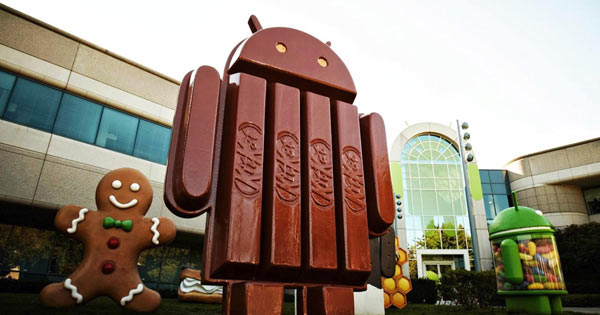1. Set Up Automatic Updates
The hottest mobiles run on Android OS, and that is something nobody can question. The easy to use interface, millions of free apps and low cost makes Android phones the most preferred pick. Just in case you bought yourself a new Android phone, here are 10 things you should do right after switching on your phone.

Auto updates are always beneficial. Not only they save time, but also keep a better check than we can over new releases and latest updates. So just in case you haven’t set up auto updates already, here is how you can do it – Hit Google Play App-hit menu button – go to Settings- click the box for “Auto-update apps.” To save you money, click the “Update over Wi-Fi only”.
2. Switch On The Gesture Keyboard

If you own an Android phone and are still unaware about its gesture keyboard, then you are seriously missing out. Unlike other phones, Android phone keyboards can be customized. Swiftkey and Swype are two of the best gesture keyboards and once you get a hang of using these, there’s no going back.
3. Get To Know Google Now

Google Now is a Siri-like virtual assistant only that it’s backed up by the Google’s monstrous search capabilities. Google Now probes your daily activities and suggests you things on the data it collects. For example, it reads your daily commute and warns you about traffic on your commute and also suggests alternative routes. It also provides information on flights, track inbound packages and remind you of upcoming events. To access Goolge Now –open Google Search app -Hit settings-swicth on Google Now.
4. Chrome Is A Must

Most of the Android devices come pre-installed with Chrome, but there are some phone makers who want you to believe that their indigenous browsers are better. But whatever the case maybe, you should always have chrome installed on your device.
5. Get Familiar With The Share Option

Share options are often marked with “V” or a “<” characters. The option is pretty useful and can come in handy while organizing stuff on your phone. What this option does is that it lets any two apps sync with each other and mutually share content. For example – if you have notes written in one app, than using this option you can send those notes to Gmail for e-mailing.
6. Download Offline Maps

Just in case your internet connection fails, offline maps can prove to a life saver. To get offline maps hit Maps – hit menu – select “Make available offline.” Now, just zoom in on the area you want under navigation and finally, hit “Done”. So just in case you travel to a different country and are running out of a data plan, this can be really helpful.
7. Download Remote Desktop App

This app can work wonders if wisely used. As the name suggests, the app once installed on your Android phone can let you access all the stuff on the Chrome browser on your PC. It lets you access any tab which is open on your PC or even tablet right on your phone. It also works vice versa, letting you access open tabs on your phone through your PC.
8. Auto Back Up Photos

Losing out the photos on your phone can be pretty saddening. But if you have an Android phone, you can set up auto back up on your phone to ensure that your memories are kept safe. There is an option in Android that lets you auto back-up pictures on in your Google+ account. Just install the G+ app-hit settings- tap “Instant Upload.” Set the storage size to Standard which will allow you to back up unlimited photos.
9. Download Find My Phone App

Sadly, Android phones do not come pre installed with lost phone tracking app. Phone tracking apps like Android Lost and Cerberus lets you display a “return phone” message, set a lock screen code and “locate phone on map”
10. Get Some Widgets

Widgets not only make the home screen look cooler, but they also save up time displaying the needed information right on the screen. You can add widgets by going to the main app launcher, then swiping over to the widgets section.


